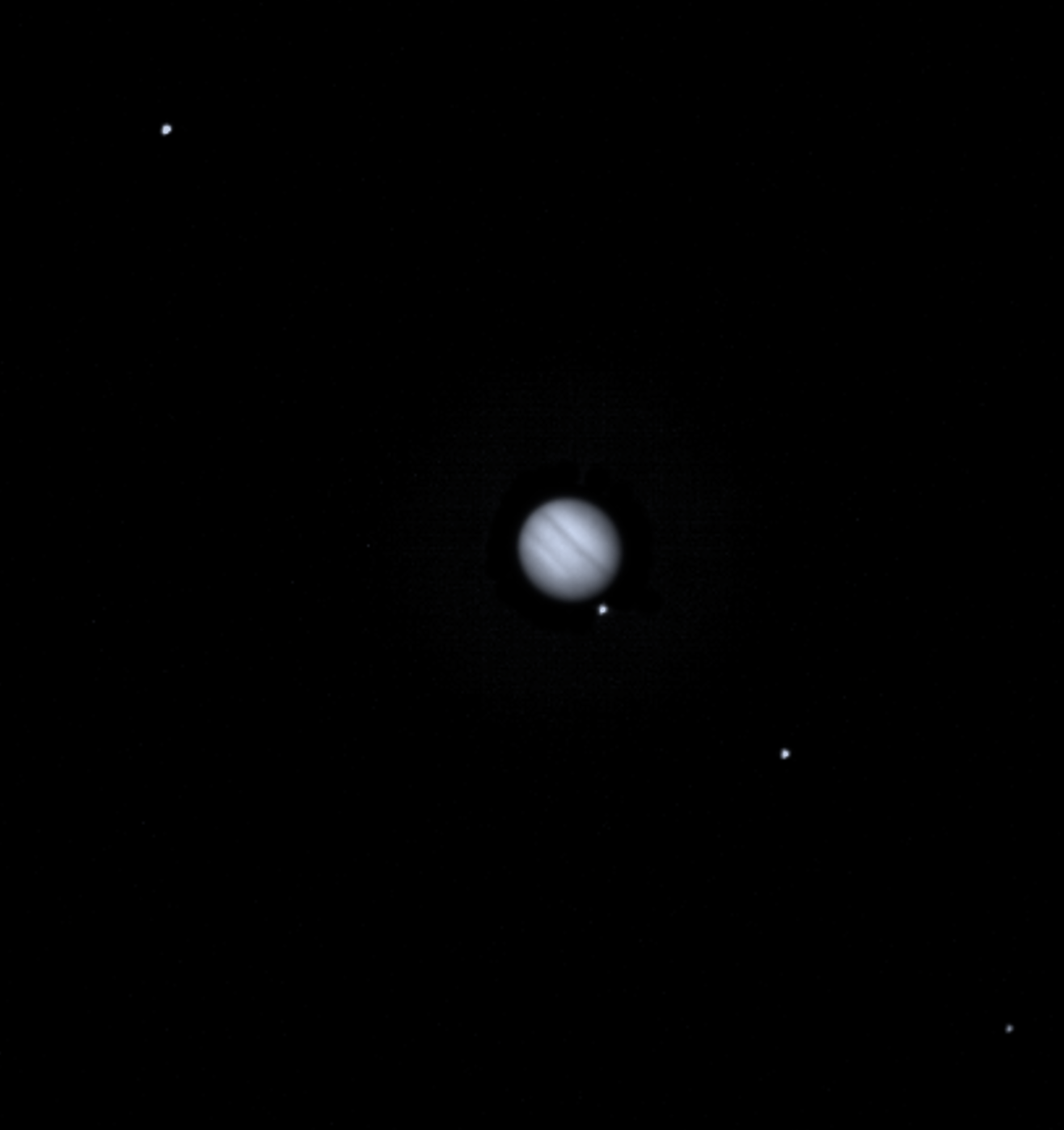There are only a few hours left before the DART (Dual Asteroid Redirection Test) spacecraft crashes into the Dimorphos asteroid for the sake of science. The “Space Kamikaze” takes advantage of the last opportunity to send photos before the collision. There is only one tool on board DART, but it even allows to collect important data.

The NASA team made the most of the onboard DART camera called Didymos Reconnaissance and Asteroid Camera for Optical Navigation or DRACO. Its main function is part of an autonomous navigation system that aligns the spacecraft with the target asteroid. During its journey to the goal, DRACO took various images as part of testing the spacecraft. One of the last such photos was a picture of Jupiter with Galileo’s moons.
“Every time we do one of these tests, we tune our instruments, make them more sensitive before a historic event,” said Peter Eriksen, a SMART Nav software engineer at Johns Hopkins Applied Physics Laboratory (APL).
The photo of Jupiter with its moons was taken for the purpose of calibration three days before the collision with the asteroid. The data allows teams to see how the autonomous navigation system should work when it reaches the target, and check what data scientists can get.
“The tests on Jupiter gave DRACO the opportunity to photograph something in our own Solar System. The images are fantastic. We expect to see the last photos from DRACO, which the camera will take a few hours and even minutes before the impact,” said DRACO instrument researcher at APL Carolyn Ernst.
Earlier we reported on why NASA is going to strike an asteroid.
According to Digital Trends
Follow us on Twitter to get the most interesting space news in time
https://twitter.com/ust_magazine
